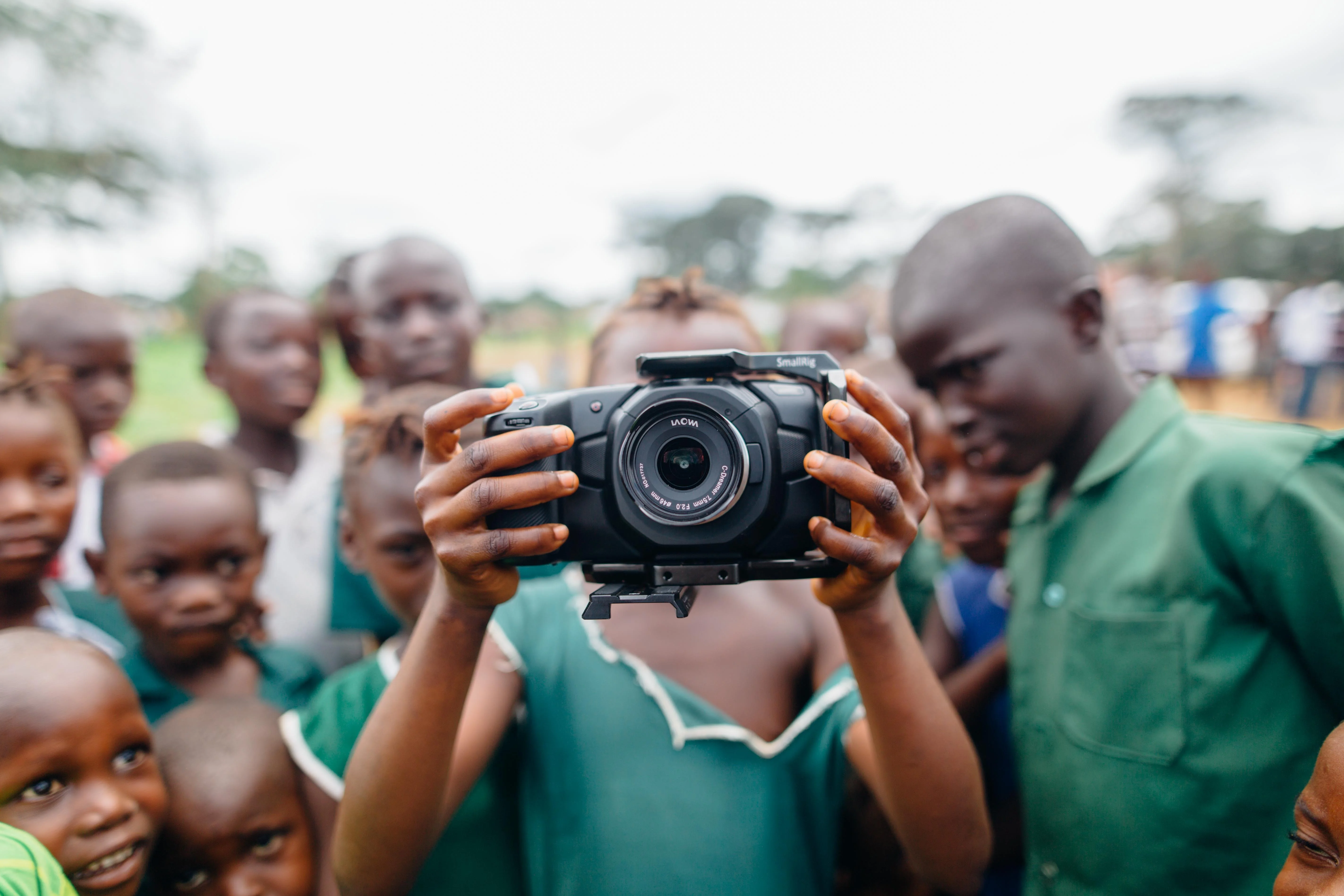Sample by My Essay Writer
Photojournalism is a way of telling a story that can often be more effective than a 1,000-word article. The images that are captured can change the emotions quite vividly of those who are viewing the picture. The best photojournalists will not only capture an image that tells the story, but the images also have to be aesthetically pleasing, include some action and take in emotion. Photojournalists take their images from interesting angles, and they provide depth of field that catches the eye of those who are viewing it. But there is more to being a photojournalists than just a storyteller and an artist, they also have to decide when taking a photo is going too far, and when it is necessary to telling a story. The artistic elements only scratch the surface of the complexities of being effective photojournalists. These storytellers must look out for touchy subjects and taste, and they look to balance effective journalism with good taste.

Ethics is a major part of journalism. The images are extremely powerful, as they get to a lot of people and are responsible for shaping culture in various ways. The types of judgment calls that occur with photojournalism are represented through images such as those that were captured when people jumped off the side of the World Trade Centre when the building was on fire after the terrorist attacks. Other tough calls include the Vietnam war, when a naked girl walked down the street covered in napalm. These images have been burned into the minds of so many people throughout the world and they are all because of one horrifying look. Some of these photos are so powerful that they can change the way a society views a situation, such as the way the public viewed the war in Vietnam. It may have even ended the war due to the growing opposition to it. Photojournalism is an extremely powerful tool. “Photographic and video images can reveal great truths, expose wrongdoing and neglect, inspire hope and understanding and connect people around the globe through the language of visual understanding. Photographs can also cause great harm if they are callously intrusive or are manipulated,” (Bersak, 2003).
While there is a code of ethics that helps govern the images that should be used in photojournalism, this code is not all encompassing. This is because there are so many cases where the right course of action is relatively unknown. Many images belong in the borderline category, and what one person might think is permissible could be the exact opposite to someone else. Take for instance the photo of the man falling out of the building during the 9/11 terrorist attacks. This photo tells the story of that devastating day. It shows the real results of the planes crashing into the buildings. Instantly, a person is able to see the pain and type of suffering that would cause a person to choose jumping off of the building over staying and burning alive. But there are other images that a photojournalist often second guesses that are in the better interest of the public to publish. For example, a photo of a car accident is sometimes needed in order to tell the story and send home the importance of road safety. When a person sees the image, they might think twice about drinking and driving, or driving at an excessive speed, (Bersak, 2003).

But photojournalism doesn’t only involve balancing ethics in deciding between telling a story and being sensitive to the audience. Photojournalism also has a history. In 1925, in Germany, the beginning of modern photojournalism began to unfold. This was during the time when the first 35 mm camera, the Leica, was invented. It was designed so that movie film that wasn’t used could be placed into the camera to take photos with. Prior to this onslaught, to have a professional quality in the photo, there was the requirement for bulky equipment. But after the Leica, journalists could carry cameras around with them and take images. Not having to take around tripods and heavy lights was a major step forward. This was when journalism and photography really started to take hold. People were no longer photographed in a posed manner, they were now captured in real life. This allowed the drama to unfold and the images became much more inviting to the public eye, as the action of real life captivated those who viewed the images. Germany invented the photojournalism magazine even before the Leica. In the mid-1920s, German inventors were toying around with previous ideas. One was the direct publication of photos, “That was available after about 1890, and by the early 20th century, some publications, newspaper-style and magazine, were devoted primarily to illustrations,” (Collins, 2000).
Photojournalism is both a powerful storytelling tool, and a dangerous medium. It can influence public thought and entice outrage. Whether an image should be used to tell a story, or if it should be left aside out of respect for those who are in the photo (or for those who might be offended), is a tricky ethical question. Photojournalists should look back to the history of the camera to see what its intent was when it was created. That creation was for the purposes of telling a story. All photojournalists have to do to make the decision to use a picture (which is actually usually decided by the editor of the publication for which they are taking the photo), is use the historical tool as a measuring stick. Asking the question about whether the photo is important in communicating a story will satisfy any ethical dilemma that a photojournalist may face.
Works Cited
Bersak, D. (2003). Ethics in Photojournalism: Past, Present and Future.
Collins, R. (2000). A brief history of photography and photojournalism.







